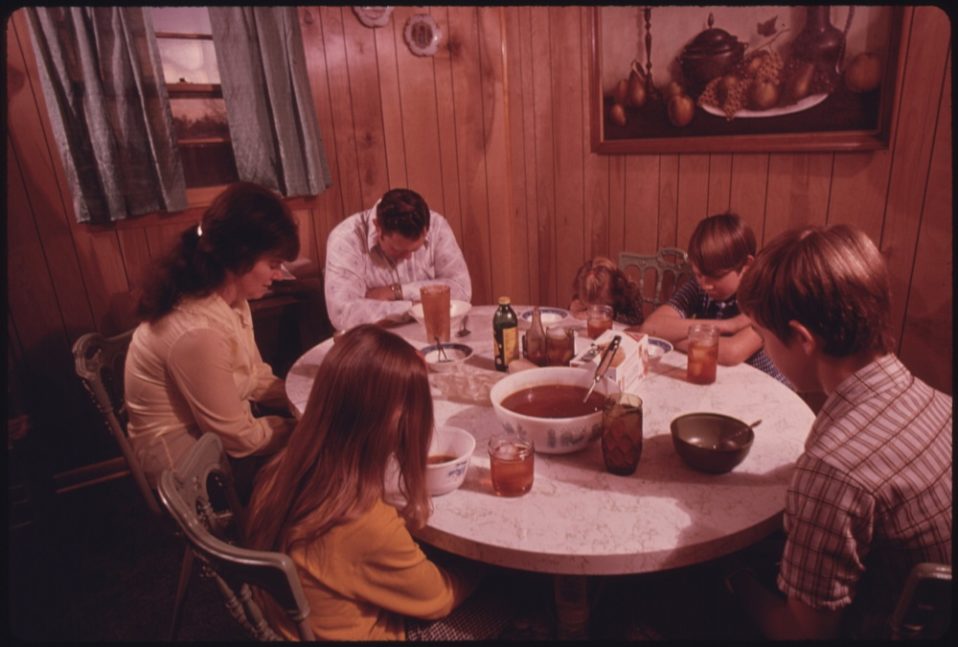“We have got to put a lot of money into changing behavior” – Bill Gates
I was talking to a friend the other day, who was resignedly talking about his son’s obsession with online gaming, when he should be studying for his exams. My friend had tried everything possible – counselling, fear, threats and even disconnecting the internet at home. But his son was refusing to change his behavior. As we spoke, my friend casually lighted up a cigarette. I was curious to know what did he feel about his habit of smoking, which was surely more dangerous than online gaming. He dismissed the question with a wave of his hand, bringing the discussion back to his son.
Arthur Conan Doyle (Sherlock Holmes) famously said: “The obvious facts are the most deceptive”. Most of the time, it is so obvious that we need to change behavior. But we are unable to implement the change. Why is it so difficult? Personal habits like consuming drugs, over eating, fast foods, lack of exercise which harm our health or relationship issues created due to possessiveness, anger, lack of empathy or not listening. At the workplace issues like not being punctual, overbearing, procrastination, aggression which impact work of oneself and colleagues.
The same goes for organizations.
In today’s VUCA world, organizations frequently find themselves at a stage where they need to change the behavior of their workforce or face extinction. Recently, I was talking to the CEO of a fast growing company, who had realized that he needed to bring a strong ‘customer centric’ behavior in his workforce. He had barely 6-9 months to show demonstrable change or face a down slide in revenues.
How do you change the behavior of thousands of workers, when changing a single person itself is a challenge?
This question raises its head across multiple organizations struggling to stay alive.
Numerous books have been written on this subject and solutions will keep evolving as the complexity and need of organizational behavior changes in the future.
What seems to emerge from most research is that irrespective of whether the desired change is at an individual or an organizational level, the principles are very similar. Fundamentally, there are five steps which, if implemented properly could drive behavioral change:
a. Awareness: Why is the behavior change required? This is the first stage where a person or an organization becomes aware of the need for behavioral change. For an individual, it is much simpler and quicker. In an organization, the leadership might feel the need, but has it been effectively communicated to each person who is expected to change? As in the case of the CEO, who desired Customer centricity but was clueless of how to convince his large workforce. Obviously, organizations ( or even individuals) would fail if this stage is not finished before moving to the next one. Seemingly, this is an emotional state reached after being presented convincing logical reasons for the change. The key action here is research, insight and build compelling arguments in favor of the change.
b. Preparation: What does the new behavior look like? A few years back I decided to modify my diet plan to reduce my weight. I had to weigh various factors like preference of foods, availability, travel, timing of meals etc and make it simple enough to implement. I was bombarded by humongous (and sometimes conflicting) data and had to make sense of what was best for me. Even for something as simple as quitting smoking, one may need to think of alternatives (chewing gum) to manage cravings or design a ‘process’ to resist in weak moments (e.g when standing next to a smoker). In Organizations, this is exponentially more complex and may need to be simplified by co creative processes and feedback from large part of the workforce. Otherwise many factors (or show stoppers) might get ignored and eventually fail the initiative. Also, the focus needs to be on ‘demonstrated behavior’ rather than consequences (profitability, production). The key action here is to detail out the behavioral process.
c. Action the change: How to ensure successful implementation? The ‘rubber hits the road’ and push backs come into play, from psychological, environmental to social. This is where the ‘social structure’ becomes critical. Thus an individual who wants to kick his drinking habit joins a group like Alcoholics Anonymous for the motivation and sense of purpose. In Organizations, this is much more critical where the Leaders and workers engage in interactions, self and peer feedback, coaching, group motivation to drive the new behavior. The key action is to engage with social structures to communicate and take feedback.
d. Maintenance: How do we sustain the new behavior?. Any urges to revert to old behavior are resisted and stronger structures are created to deepen the new habit. Individuals learn to manage ‘moments of weakness’ by talking to others, while organizations create cross linkages of teams, rituals, coaching, communication channels to hold the new behavior. The key action here is to identify obstacles (psychological, group think, structural, environmental) and remove at the earliest.
An organization was implementing safe behavior at work, but workers were compromising safety to deliver high production numbers (and thus get their incentive). The organization had to re look at its targets, machinery capacity and incentive structure to ensure the desired Safety behavior was sustained.
Depending on the detailing of the process and effective implementation, the final stage is either success (Termination: where the new behavior becomes natural, and its absence causes discomfort) or failure (Relapse: where one goes back to the old behavior in fits and starts).
One might say that we cannot compare individuals to organizations. Honestly, at a fundamental level both react in a ‘human’ way to behavioral change. There are large organizations that successfully transform behavior across their workforce and there are individuals who are unable to kick a deadly habit. It’s not really about the magnitude or complexity of the challenge but more about the structured process and effective implementation to ensure successful behavioral change.
Comments are welcome !





Post a comment